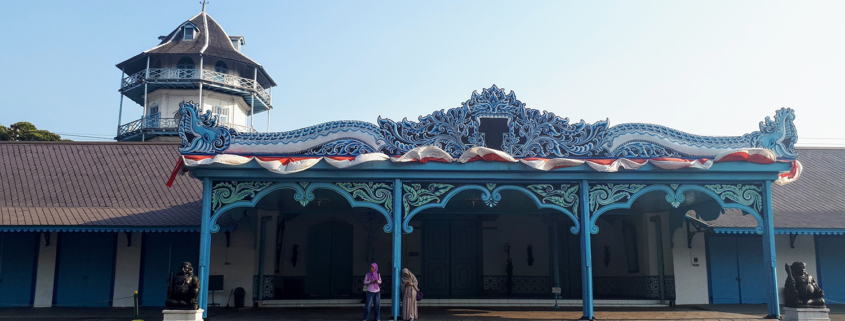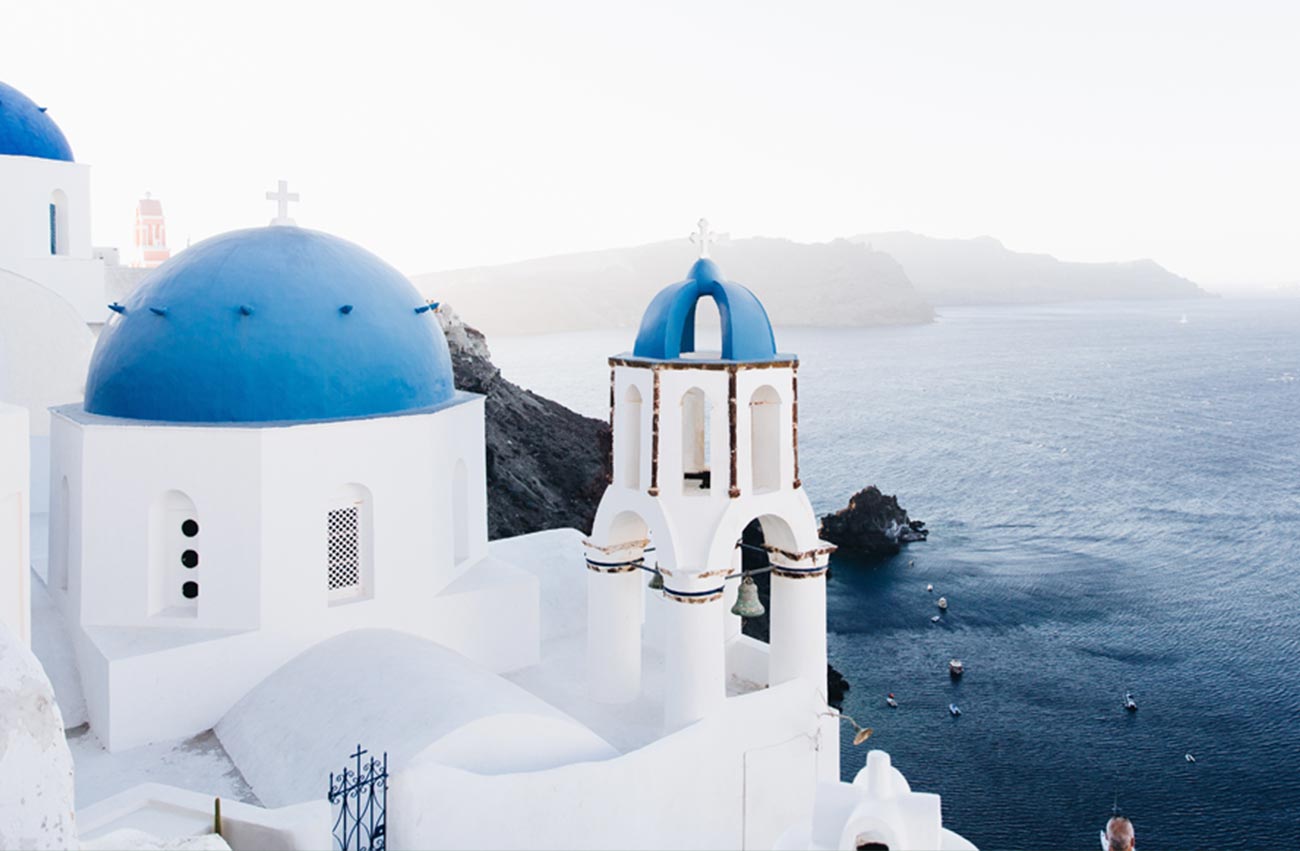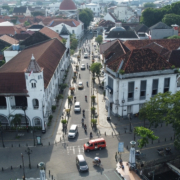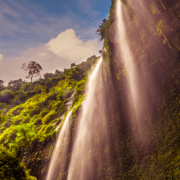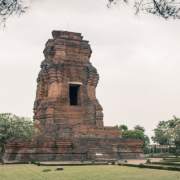Kraton Surakarta: The Beating Heart of Javanese Royal Heritage
In the heart of Solo (Surakarta) stands the Kraton Surakarta Hadiningrat, a living palace where history, tradition, and spirituality converge. Established in 1745 by Pakubuwono II, this royal compound remains the cultural epicenter of Javanese court life and a beacon of refined elegance, mystical philosophy, and royal continuity. Unlike static monuments, the Kraton is still inhabited by the descendants of the Susuhunan (king) and continues to uphold ancient customs, sacred ceremonies, and courtly arts—making it one of the most vital living heritage sites in Indonesia.
Historical Background
After the fall of the Mataram Kingdom and the signing of the Giyanti Agreement (1755), Java was divided between Yogyakarta and Surakarta. Pakubuwono II, a Javanese king under Dutch pressure, moved the royal seat from Kartasura to a more spiritually harmonious location—where the Kraton Surakarta Hadiningrat was born. It became the center of the Surakarta Sunanate, one of the two main Javanese royal houses that still endure today.
Throughout colonial times and the post-independence era, the Kraton retained its symbolic and cultural authority, even as its political power diminished. To this day, it functions as both a residence and spiritual institution, preserving centuries-old Javanese traditions that remain deeply revered.
Architectural Layout
The Kraton covers over 50 hectares and is designed based on Javanese cosmology, combining sacred geometry, spiritual symbolism, and meticulous aesthetics. Key sections include:
- Sasana Sewaka – The audience pavilion where the Susuhunan once held court.
- Sasana Handrawina – A grand pendopo (open pavilion) used for royal banquets and traditional ceremonies.
- Siti Hinggil – A raised ceremonial platform symbolizing the axis between heaven and earth.
- Kemandungan and Kedaton – Inner sanctums reserved for the royal family, containing private quarters and sacred heirlooms.
- Museum Keraton Surakarta – Located within the complex, displaying royal regalia, ancient manuscripts, batik collections, gamelan instruments, and antique weaponry.
The layout follows the mandala principle, symbolizing the microcosm of the universe with the king as the earthly embodiment of cosmic order (Ratu Adil or “Just King”).
Living Culture and Ceremonial Life
Unlike a museum, the Kraton is alive with ritual, music, and devotion. It maintains a dedicated group of abdi dalem (court retainers) who uphold ceremonial roles, wearing traditional attire and serving in various spiritual and cultural functions.
Regular royal rituals include:
- Sekaten Festival – A week-long ceremony celebrating the birth of Prophet Muhammad with traditional gamelan, sacred offerings, and public processions.
- Grebeg Rituals – Sacred feasts held during Islamic holidays, where cone-shaped offerings (gunungan) are distributed to the people.
- Siraman Pusaka – The ceremonial cleansing of royal heirlooms, such as kris (sacred daggers), believed to hold spiritual power.
These events are deeply infused with Javanese mysticism, blending Islamic, Hindu-Buddhist, and animist elements in a uniquely syncretic form of spiritual court culture.
Symbolism and Metaphysical Depth
- Sacred Kingship: The Susuhunan is not merely a political leader but is seen as a divinely appointed figure, a bridge between the spiritual and earthly realms.
- Architectural Cosmology: The Kraton is aligned with Mount Merapi (north) and the South Sea (south), reflecting the cosmic balance between fire (masculine) and water (feminine) forces.
- Royal Heirlooms (pusaka): Items such as keris, spears, and gamelan sets are believed to be living entities imbued with spirit (isi), requiring regular offerings and rituals.
Every element of the Kraton—from layout to costume, language to etiquette—is designed to maintain harmony with the cosmos (Rahayu), reflecting Javanese values of order, grace, and sacred balance.
Modern Relevance and Cultural Tourism
The Kraton opens much of its outer sections to visitors, offering:
- Guided tours through the pavilions and museum areas
- Live gamelan and classical dance performances
- Workshops on Javanese etiquette, batik, or keris crafting
As a cultural hub, the Kraton plays a pivotal role in preserving and revitalizing Javanese performing arts, philosophical teachings, and spiritual wisdom. It also stands as a center of identity for the people of Solo and Central Java.
Visitor Information
- Location: Central Solo (Surakarta City), Central Java
- Hours: Typically open from 8:30 AM – 2:00 PM (closed Fridays); special ceremonies may affect access
- Dress Code: Modest clothing recommended; respect royal zones that are off-limits
- Tip: Hire a local guide trained in court history to better understand the philosophical richness behind every ritual and structure
The Kraton Surakarta Hadiningrat is not simply a royal palace—it is a sacred portal to Javanese cosmology, mysticism, and refined courtly art. It embodies a worldview where every movement, offering, and musical note is in service to universal harmony. To walk its courtyards is to step into the breath of ancestral wisdom, where the king is more than a ruler—he is a living axis of divine order.
In an age of modernity and disconnection, the Kraton offers a rare experience: a living tradition where the sacred is still performed, honored, and kept alive in every gesture, stone, and song.

